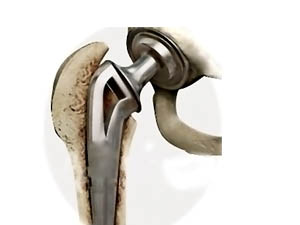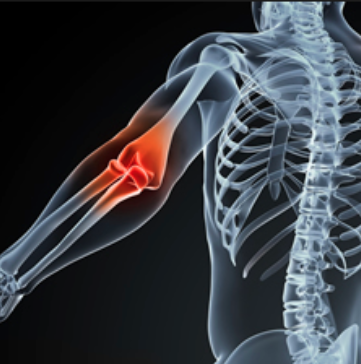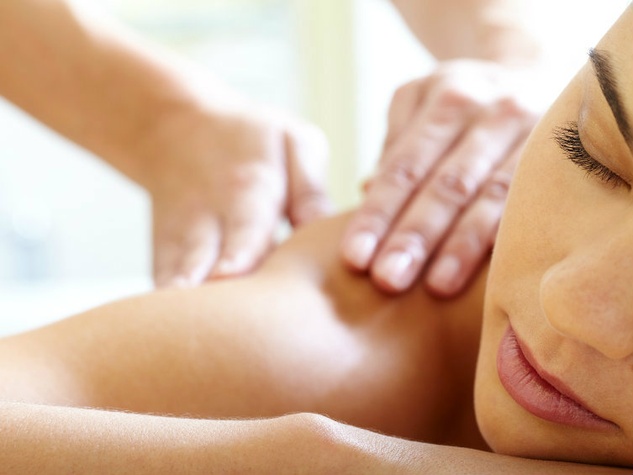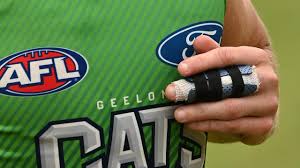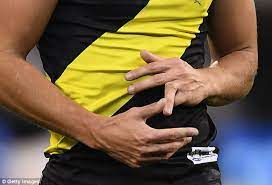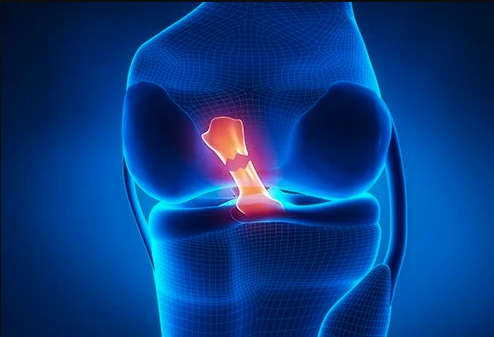After going through 18 months of COVID, there is a long list of things we have been continually bombarded with by the media. Most of them are not too good.
However there are some other things that I am seeing as a physiotherapist in my Hawthorn Clinic. These things are quite significant and may have long term impacts for many.
Glenferrie Sports and Spinal was able to continue practicing with restrictions through most of the lockdowns; but we could operate nonetheless. This was a lot more fortunate than many other businesses.
I considered myself lucky to be able to go to work and get out of home. I was able to have human contact and see things other than the 4 walls of home. I made it a priority to move daily and I walked about 50 km a week. This enabled my mind and body to be refreshed and carry on the day to day requirements.
Unfortunately this was probably not the norm. Many people sat for far more time than they would normally. Organic daily movements were not performed.
Younger people hibernated in their caves, eyes glued to screens, adults sat on couches and watched Netflix, and many seniors bunkered down to weather the storm.
Whatever the cause, the result was the same. People sat, got weak and developed poor postures and movement patterns.
The resullt is not good.
People are weak.
People are tight.
People are scared to get out as they are no longer comfortable moving safely as they once were.
As we open up we are seeing a lot of people who are hurting themselves by the most simple activities.
Those tight backs can’t handle the garden as they once did. The poor old shoulders can’t swing a club with force as yet. That dodgy neck is sore from too much time watching Squid Game.
But as we transition into freer times, the mind keeps saying Go Go Go. We’ve missed out on so much, it’s time to make up.
Absolutely; but think slow is fast.
Putting in some ground work and returning to movement gradually allows the body to modify.
Adaptation is where the body responds to any stress. It’s really good at working out how it can deal with what you are asking it to do.
A good example is a bodybuilder. Progressive loading allows them to lift more and more weight. But if they go too hard too soon they get injured.
The same applies here.
Ease back into activity.
Dont try and do the garden in one hit.
Go down to the range and hit a small bucket of balls.
Walk around the block instead of going for a 10km run.
Remember that your organic movement will also increase as we open up. You can now go out to the shops. You can now stand at a bar. You can now go for a picnic at the park.
If you keep going to the well, it’s going to run dry.
So try and reach a balance between increasing your exercise, and increasing your social life.
Otherwise you may be spending more time on my table than you like.
